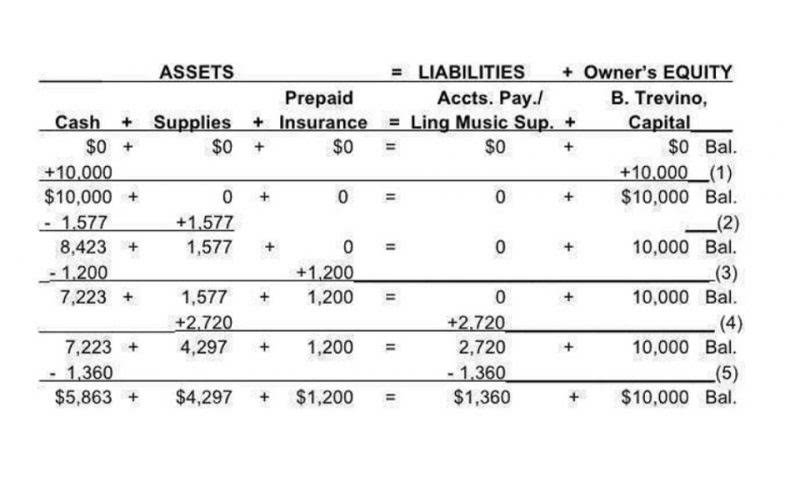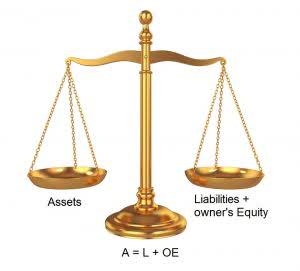
It’s done as an adjustment procedure in business-to-business transactions. In formal terms, it is informing a client that their accounts payable will rise as a result of the debit memo. You have most likely had certain fees charged to your bank account at some point or another. It could be for any number of reasons, but they can sometimes get taken out automatically.
How to Buy Jewelry Without a Credit Card (The Online Shopping Guide)
ABA said it had significant concerns with a proposed rule to prohibit lenders from considering medical debt and remove medical bills from most credit reports. Recipients also include over 20,000 individuals who planned to have a farming or ranching operation, a debit memorandum would not be issued by the bank for but reported they were unable to do so because they couldn’t get a USDA loan. They are receiving between $3,500 and $6,000 of assistance, with an average of $5,000. You get on with your life but when your landlord goes to cash your check, it bounces.
- Understanding the differences between credit and debit memos is essential for clear and efficient financial communication with your customers.
- To avoid delays or disputes, the debit note should include adequate information to explain the adjustment in the final cost.
- It is rare to see the term debit receipt used for B2B transactions.
- This can be an alternative version of an invoice to a customer, and is used when the amount billed on the original invoice was too low.
- Debit notes, debit memos, debit receipts, and invoices are all similar in nature and are all legitimate documents that demonstrate financial transactions between businesses.
- A vendor may create and send their customer a debit note to remind them that there is a payment due for goods and services delivered.
Is a debit memo a refund?
First and foremost, SoFi Learn strives to be a beneficial resource to you as you navigate your financial journey.We develop content that covers a variety of financial topics. Debit memorandums are also used in double-entry accounting to indicate an adjustment that increases a customer’s amount due. Debit memos can also be used in invoicing, such as when debt that was previously written off is recovered.
Debit Note Features
They serve opposite purposes in adjusting financial accounts during business transactions. A vendor or business issues a debit memorandum to a customer to correct an error in an original invoice or to adjust the amount owed for a transaction. In contrast, a credit memorandum or credit memo is issued by the business issuing a refund credit for a transaction. Common debit memos include returned check fees, insufficient funds fees, interest fees, fees for printing checks, bank equipment rental fees, and adjustments to incorrect deposits.

If your debit memo has sent your account into negative, you’ll want to bring the balance back ASAP to avoid further potential fees and charges. Wondering why your bank balance has shrunk and there’s a “debit memo” on your statement? Learn what these bank notices mean, why NSF or overdraft fees might be responsible, and what steps to take next. In banking, fees are deducted from an account automatically, and the debit memo is recorded on the account’s bank statement. However, if the credit balance is significant, the business will refund the customer instead of creating a debit memo.
- Here are two real-life examples of bank memos, one for regular consumer checking accounts and one for a B2B transaction.
- One of the types of debit memos is the ones that are used in incremental billings.
- For example, if your business has $10,000 in its checking account and the bank charges a service fee of $35, the account will be reduced by $35 to $9,965 with that reduction noted in a debit memo.
- Later, the company realized that there had been a pricing mistake and that it had under-billed the customer by $200.
- Other information may be included, such as the name and details of the seller and/or information about the buyer.
- In business, a seller might issue a credit balance to alert the buyer that the original invoice was too high, thus reducing the amount the buyer owes.
Internal Offset
Once the seller receives a debit memo, they must approve it and issue a credit note. The customer would add $200 to their accounts payable, and the seller would add a debit memo for $200 to their accounts receivable balance. Thus, a debit memo records corrected financial transactions, ensuring both parties have accurate accounting records.
Resources for Your Growing Business
One of the types of debit memos is the ones that are used in incremental billings. It is an incremental debit that should be included in the main invoice. Not all companies choose to send debit notes to buyers with outstanding or pending debt obligations. A seller generally either considers it a standard business practice and uses it according to internal procedures or does not use it at all. In some cases, a buyer can request a document with the information contained in a debit note to meet internal recordkeeping requirements. Some companies use debit notes to bill for items that are not their primary business.


A bank or credit union may issue a debit memo to a personal or company account for specific fees, including bounced checks, insufficient funds, or printing checks. A business may issue a debit memo to another business to correct an invoice that results in underpayment. A business can also use a debit memorandum internally, to offset a credit balance in a customer account. In banking, credit memos alert customers of an increase in their account balance. In business, a seller might issue a credit balance to alert the buyer that the original invoice was too high, thus reducing the amount the buyer owes. For bank fees, the bank issues a debit memo to their customers to notify them of debit adjustments made to their bank account.
- The fee will be debited (or deducted) from the customer’s account and recorded as a debit memorandum to indicate that it is an adjustment rather than a transaction.
- The seller can then agree to the debit memorandum and adjust its accounts receivable for the discount as well.
- We recommend that you review the privacy policy of the site you are entering.
- Rather than sending you an invoice, they will directly debit the amount from your bank account.
- A bank or credit union may issue a debit memo to a personal or company account for specific fees, including bounced checks, insufficient funds, or printing checks.
- A debit memo or debit note is a notice that clients receive when their account balance has decreased and needs to be rectified.
To prove the amount it should be reimbursed, XYZ drafts a debit note. The original purchase was for $5,000, so the debit note should reflect the cost of materials plus local sales tax rates. The taxes and cost of goods should always be separate line items in the note. Debit notes can also be substituted for traditional invoices when a good or service is provided that is outside of the normal scope of business. This helps distinguish the transaction for both accounting departments, and also keeps the issuing company from creating a new type of invoice. They can also get used for incremental billing and internal offsets.

In turn, the local business will then need to increase the amount in its accounts payable by $5,000 to cover the additional fee. To avoid delays or disputes, the debit note should include adequate information to explain the adjustment in the final cost. Bank fees are one reason a bank may use a debit memo to decrease an account balance. A bank will take money out of an account for insufficient funds, overdraft fees, bank service fees, and check printing fees, among other reasons. The reasons a debit memorandum may be issued relate to bank fees, incorrectly prepared invoices where the amount owed should be greater, and rectifying accidental positive balances in an account.
